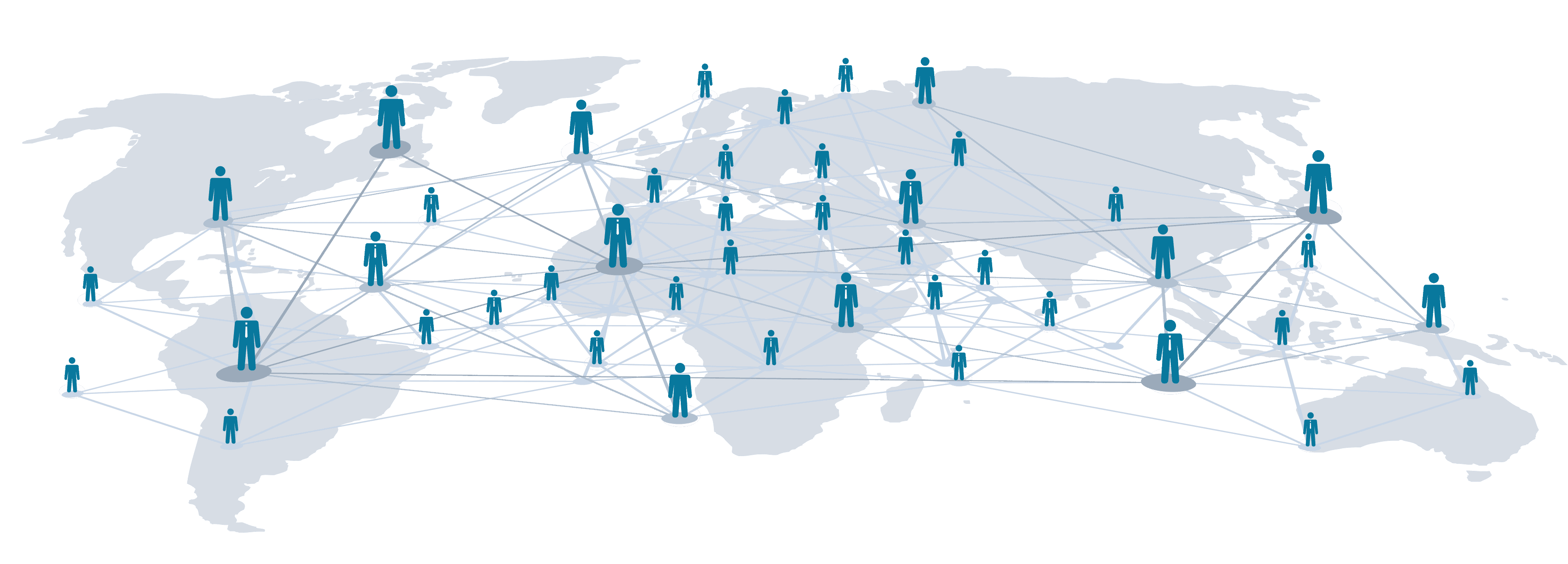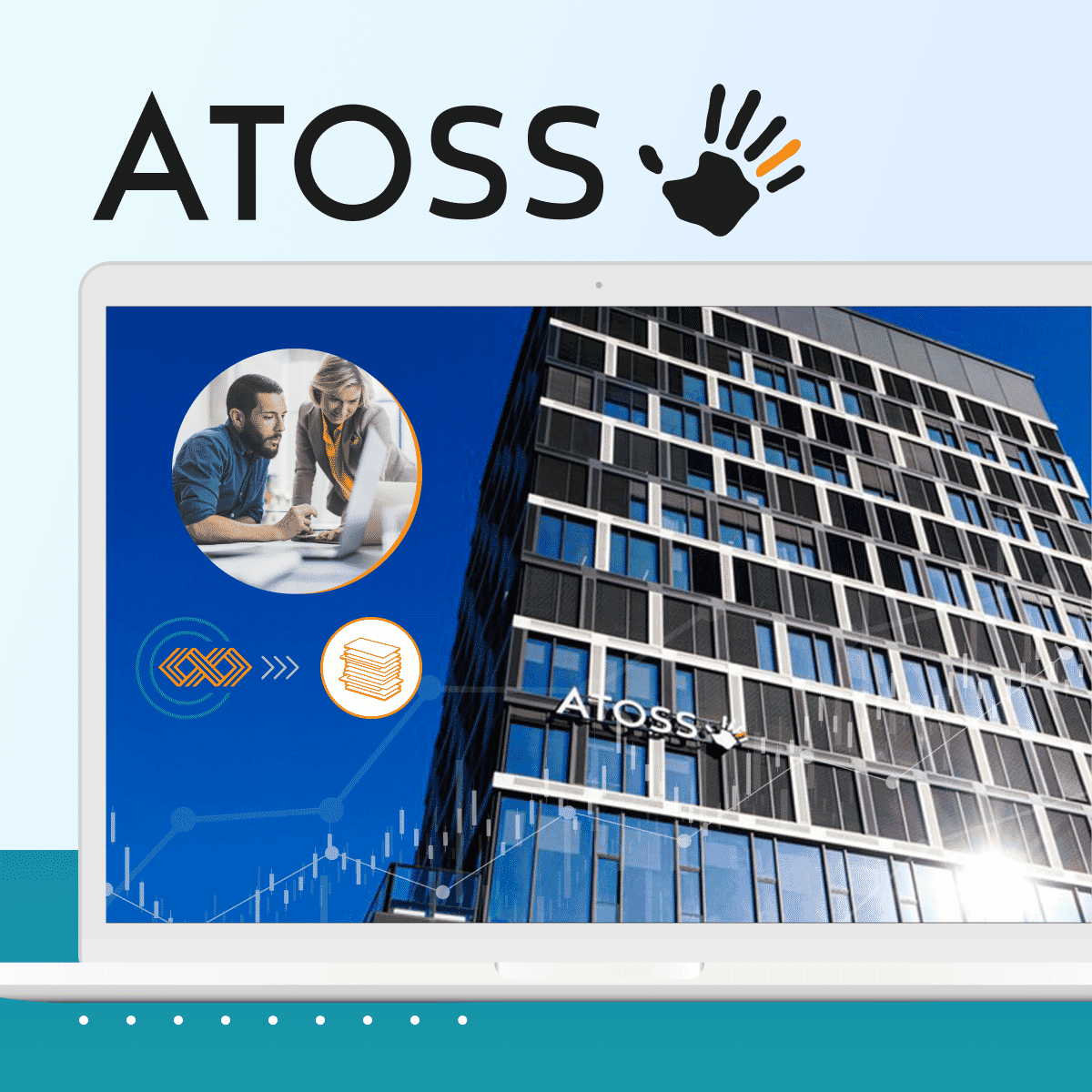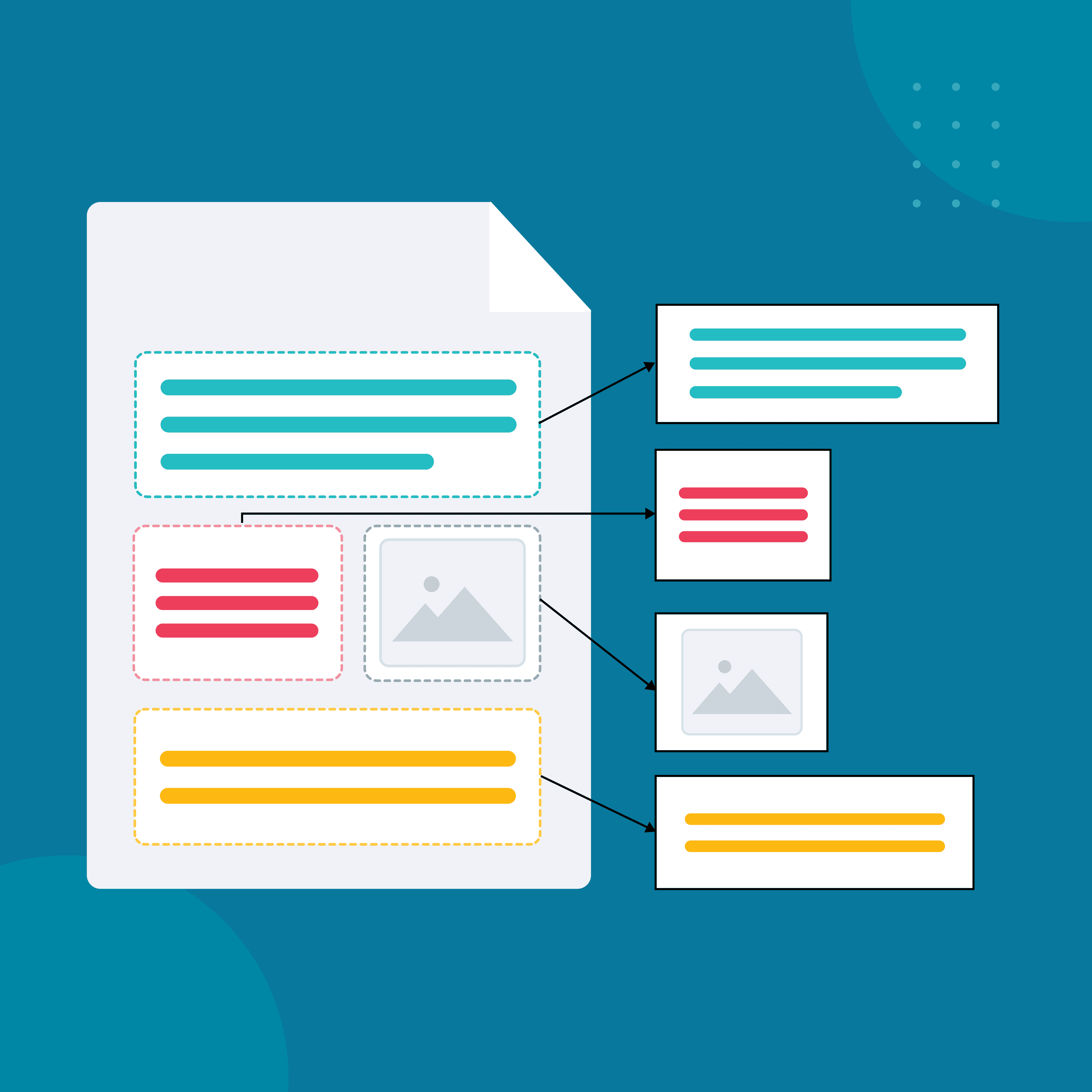The rise of remote work has transformed how companies build their teams, offering unprecedented access to global talent while introducing new complexities in workforce management. Recent Harvard Business Review data reveals only about half of new hires report satisfaction with their onboarding experience—a challenge amplified in remote settings. This blog explores how organizations can design impactful remote onboarding by using comprehensive documentation, interactive resources, and structured content management to establish continuity, belonging, and alignment from day one.
Understanding Remote Talent Acquisition
Remote talent acquisition demands more than just accessing global talent pools—it requires reimagining how we connect, integrate, and align teams across borders. Success hinges on mastering challenges in communication, culture, and operations while providing a seamless candidate experience for both active and passive talent.
Challenges and Opportunities
Expanding hiring across regions brings a wealth of opportunities but also requires companies to manage the barriers of distance, time zones, and cultural nuances. The stakes are high: new employee turnover rates can reach up to 20% in the first 45 days.
In traditional office environments, informal interactions help new hires learn by observation and feel embedded within the organization. However, remote hires miss these cues, which can make it harder for them to adjust and assimilate. To bridge this gap, organizations must emphasize proactive communication, clear documentation, and thoughtfully designed onboarding programs that replicate a sense of belonging and immersion. By prioritizing these elements, remote onboarding can become a cornerstone of a successful talent acquisition strategy, fostering inclusivity and team cohesion. Staying ahead of evolving talent acquisition trends helps organizations attract the right potential employee from the talent pool, ensuring their talent recruitment efforts foster meaningful engagement and long-term success.
Key Considerations for Remote Hiring
One of the most critical considerations is ensuring that documentation is clear, accessible, and consistently updated. For remote employees, documentation is their primary resource for understanding company policies, team workflows, and cultural expectations, shaping a positive candidate experience.
Additionally, onboarding content should reflect the organization’s values and culture, helping to promote a strong employer brand, even if it cannot be conveyed in person. Establishing strong communication protocols is equally essential, as they rely on digital channels to connect with their teams and feel included in the organization. Forward-thinking organizations are discovering that robust technical documentation tools and content management solutions, such as MadCap Software, form the backbone of effective remote hiring and can enhance the talent acquisition process.
Talent acquisition specialists play a critical role in executing an effective strategy to attract the right talent for both remote and in-person roles. By leveraging advanced tools like talent acquisition software, organizations gain valuable insight into the job seeker market, ensuring they select the most suitable candidate for their needs. A well-executed TA strategy not only attracts talented employees but also enhances the onboarding experience for every new hire, fostering long-term engagement.

Creating Detailed Documentation for Onboarding
Detailed, structured documentation is indispensable in onboarding remote hires. It provides them with a reliable reference as they start their roles and helps build a consistent and effective talent acquisition strategy. This documentation should go beyond basic information, offering role-specific guidance, team structures, and a thorough understanding of workflow expectations.
Single-Sourcing Techniques for Documentation
A single-sourcing approach creates a centralized “source of truth” for onboarding materials, allowing content to be developed once and then adapted across multiple formats and platforms. This method reduces redundancies and ensures that every team member, regardless of location, has access to current, accurate information.
MadCap's single-sourcing documentation technology allows organizations to make real-time updates, providing consistent and precise content for remote employees and bolstering employer branding efforts. By consolidating information, single-sourcing minimizes conflicting information, keeps teams aligned, and supports new hires as they smoothly integrate into their roles. This approach is particularly advantageous for scaling onboarding programs, as it enables clarity and accuracy without requiring repetitive manual updates and enhances the employee experience while building a robust talent pipeline.
Developing Comprehensive Onboarding Guides
Effective onboarding guides go beyond a one-time orientation; they act as a structured roadmap, helping new hires navigate their first weeks and months with confidence. These guides should not only introduce role-specific responsibilities but also embed the organization’s culture, fostering a sense of belonging.
To create comprehensive onboarding guides:
- Outline a timeline for success: Break down onboarding into stages, such as Day 1 (orientation), Week 1 (team introductions and workflows), and Weeks 2-4 (progressive role immersion). Include milestones for key achievements, such as completing initial training or shadowing sessions.
- Provide role-specific instructions: Detail expectations and responsibilities for their specific role. Include workflows, key deliverables, and how their work connects to broader team goals.
- Incorporate cultural insights: Introduce elements of the organization’s culture, such as core values, team dynamics, or informal traditions.
- Embed practical resources: Include training modules, checklists, and access to FAQs or "how-to" guides for company tools and systems, making it easier to find answers.
Using tools like MadCap Software, organizations can ensure these guides are not only tailored to specific roles or departments but also easy to update as processes or team structures evolve. This flexibility keeps guides relevant and impactful, ensuring consistency across onboarding experiences.
Maintaining Consistency with a Content Management System (CMS)
Accessible and consistent documentation is key to a seamless onboarding experience. A content management system (CMS) provides the central framework necessary to organize, update, and distribute policies and training materials across a dispersed workforce. This organized repository of knowledge prevents miscommunication and ensures that every team member accesses high-quality information.
For organizations needing advanced content reuse and management, MadCap IXIA CCMS, a component content management system (CCMS), offers a modular approach that ensures precision and consistency, streamlining the hiring process and supporting long-term talent management. Unlike single-sourcing, which ensures consistency across formats, a CCMS enables updates to individual content blocks that can automatically cascade across multiple documents, such as document version control software, providing greater flexibility and precision for complex documentation needs.
Organizing Policies and Procedures
A CMS enables teams to categorize documents by department, function, or priority, making it easy for hires to locate essential resources without navigating through cluttered files or multiple platforms. Organizations using CMS capabilities can create a navigable content architecture that promotes consistency across locations, time zones, and roles, reducing onboarding time.
Ensuring Accessibility for Remote Workers
Using a platform that supports on-demand access enables remote hires to consult resources, even outside traditional work hours, or revisit materials as needed. This flexibility empowers employees and supports self-directed learning, helping them feel connected to their teams regardless of geographic barriers. Moreover, with set permissions, a CMS can protect sensitive information while making relevant content accessible, fostering a secure yet inclusive knowledge-sharing environment.

Enhancing Onboarding with Interactive Guides
Static information alone can feel impersonal. Incorporating interactive elements into onboarding materials—such as multimedia guides, video tutorials, and quizzes—can create a deeper connection between the new hire and their role.
Utilizing Multimedia Resources
Multimedia, including video and audio, brings onboarding content to life, making it more compelling and easier to absorb. For instance, video walkthroughs of software, “day-in-the-life” segments from team members, and animated infographics explaining company processes demystify complex concepts and convey company culture clearly.
These elements can aid comprehension and appeal to various learning styles, making onboarding more inclusive. MadCap’s multimedia integration capabilities allow organizations to embed videos, infographics, and other engaging content directly into onboarding materials, providing a rich, accessible experience.
Engaging Remote Hires Effectively
Interactive onboarding modules, such as quizzes or scenario-based exercises, reinforce learning and increase engagement. When remote hires actively participate in training, retention improves, and they feel more involved. Scenario-based exercises allow new hires to practice handling real-world challenges in a low-stakes environment, building confidence and readiness. Offering tools to create interactive elements that both inform and engage remote hires establishes a strong foundation for continued development and contribution.

Measuring the Success of Remote Onboarding
A successful onboarding program should evolve based on insights from employee experiences and outcomes. Tracking relevant metrics helps identify strengths and areas for improvement.
Key Performance Indicators (KPIs)
- Time-to-productivity: Indicates how quickly new hires reach full productivity, highlighting how well the onboarding process prepares them.
- Retention rates: Tracks long-term commitment, suggesting the onboarding experience’s success in fostering lasting connections.
- Engagement levels: Captured through surveys and scores, these metrics show how connected new hires feel with their teams and the company.
A talent acquisition strategy should continuously evolve, informed by feedback and measurable outcomes. By tracking metrics such as time-to-productivity, retention rates, and candidate experience scores, organizations can refine their onboarding programs and address gaps in their recruitment process. These indicators provide actionable insights to help companies adjust onboarding materials and strategies to meet the needs of a remote workforce.
Continuous Feedback and Improvement
Feedback is essential for creating a responsive and resilient onboarding program. Post-onboarding surveys and regular check-ins with recent hires offer valuable perspectives on what worked well and areas for refinement. MadCap’s versioning capabilities allow quick updates to content based on feedback, ensuring the program remains relevant and effective.
Real-World Impact: How Centralized Knowledge Sharing Transformed Onboarding
When Zylinc, a cloud-based customer service software provider, faced the challenge of scattered documentation across multiple formats and platforms in 2017, they recognized the need for a unified approach to support employee onboarding and training. Their documentation existed in various forms—from Microsoft Word and PowerPoint files to PDFs, wikis, and printed manuals—creating obstacles for consistent training and making it difficult for new employees to access critical information.
By implementing a comprehensive documentation strategy through MadCap, Zylinc created its award-winning Unified Help site that serves multiple purposes. The solution features interactive video simulations, examples, tips, and how-to guides, while supporting role-based content access for different users—from end users to administrators and business partners. Through single-source publishing, they ensured that whether the content was needed for classroom training, self-support, or product documentation, all remained consistent and up-to-date.
The results demonstrated the power of unified documentation in transforming the onboarding experience. "Since producing our Unified Help with Flare, we've gotten feedback from top management on the service team that hiring and training new employees on our products is so much faster and easier than before," reports Morten Müller, Documentation and Localization Manager at Zylinc. The service team particularly noted that they could resolve support cases faster, often directly referring people to the Help site.
Building Stronger Remote Teams with Effective Onboarding Strategies
In today’s remote work environment, intentional, comprehensive onboarding and talent acquisition strategies are indispensable. By incorporating clear documentation, interactive resources, and powerful content management solutions, organizations can create engaging, effective onboarding experiences that not only support talent acquisition efforts but also sets remote teams up for success. As the workplace continues to evolve, those who invest in robust documentation and content management platforms will be best positioned to build strong, cohesive teams across borders.
Ready to build a stronger remote onboarding program? Schedule a consultation to see how MadCap can help you accelerate team integration.










